The unusual history of green peas - an old-timer of the festive table
Categories: Food and Drinks
By Pictolic https://pictolic.com/article/the-unusual-history-of-green-peas-an-old-timer-of-the-festive-table.htmlGreen peas today are not only a canonical ingredient of Olivier salad, but also a "participant" in many other wonderful dishes. This simple product was added wherever one wanted and was even simply served as a side dish to sausages. Such popularity made many people think that green peas are a typical Soviet dish. But this is not true - peas, it turns out, are a real old-timer of our table and their history is very interesting.
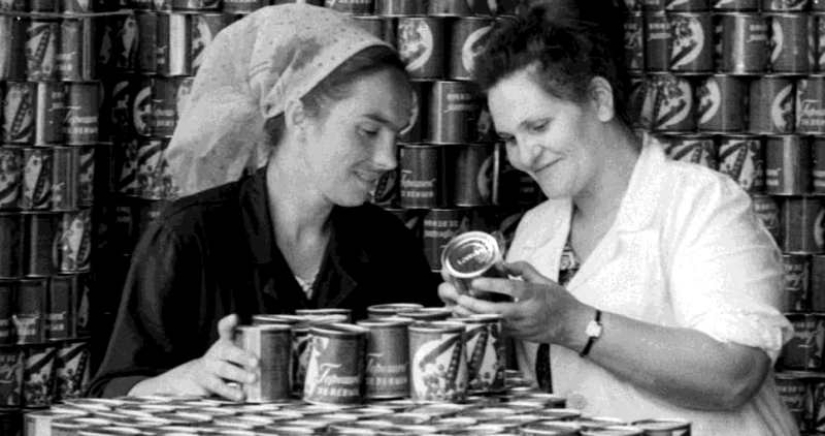
Peas can be called a native Russian crop. Already in the 18th century, significant areas were sown with them in the Yaroslavl province, from where the victorious march of peas began throughout Rus', from Volyn to the Arkhangelsk province. But the first to cultivate it for the production of sugar peas was the Yaroslavl peasant Ilya Zolotakhin from the village of Porechye.
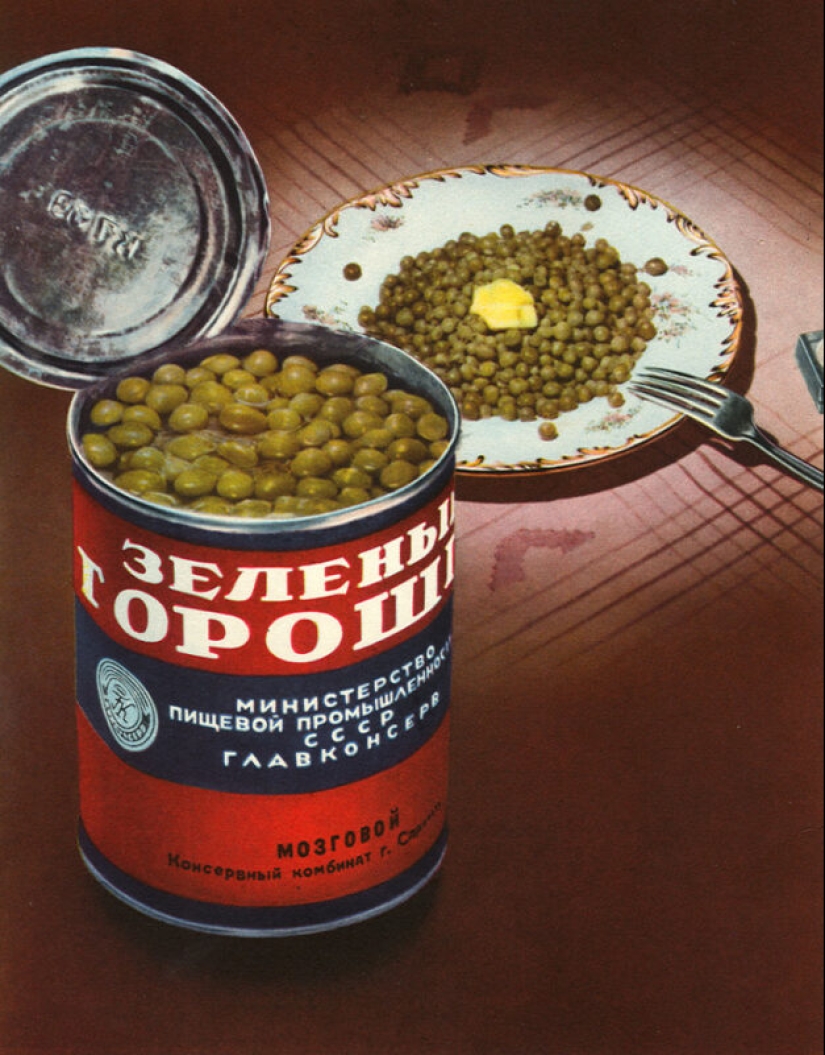
It must be said that it was the need that forced Zolotakhin to pay attention to peas. The village of Porechye, located 3 miles from Lake Nero (Rostovsky), suffered from a shortage of land. There was only one and a half dessiatines per capita, so one could only dream of growing rye or wheat. But such areas were quite suitable for gardening, especially if you were growing something compact and valuable.
The black soils in Porechye were the most suitable for legumes, and Rostov the Great with its markets was located beyond the Gda River, very close by. Ilya Zolotakhin and his fellow villagers, who had mastered a new agricultural crop for Russia, sold their harvest there. Unlike the common peas familiar to all Russians, sugar peas were smaller, but because of their sweet taste, they immediately became popular first with the people of Rostov, and then with the residents of other provinces.
Thus, the run-down, landless Porechye became the center of pea production, and not only on a Russian scale. By the end of the 19th century, sugar peas began to be supplied abroad. The authors of the book “Preparation of preserves from fruits and berries,” published in 1892, wrote:

But the popularity of peas in Rus' could not be compared with anything. Historian Nikolai Kostomarov mentioned peas in one of his books:
Peas were also used to make soup and, of course, the famous pea kissel, the taste of which is very difficult for a modern person to imagine. This kissel was not exactly a drink - it could be called more of a snack. Pea kissel could be so thick that it was cut with a knife like jelly. As we can see, our ancestors had a culinary imagination that was, God bless you, not comparable to ours.
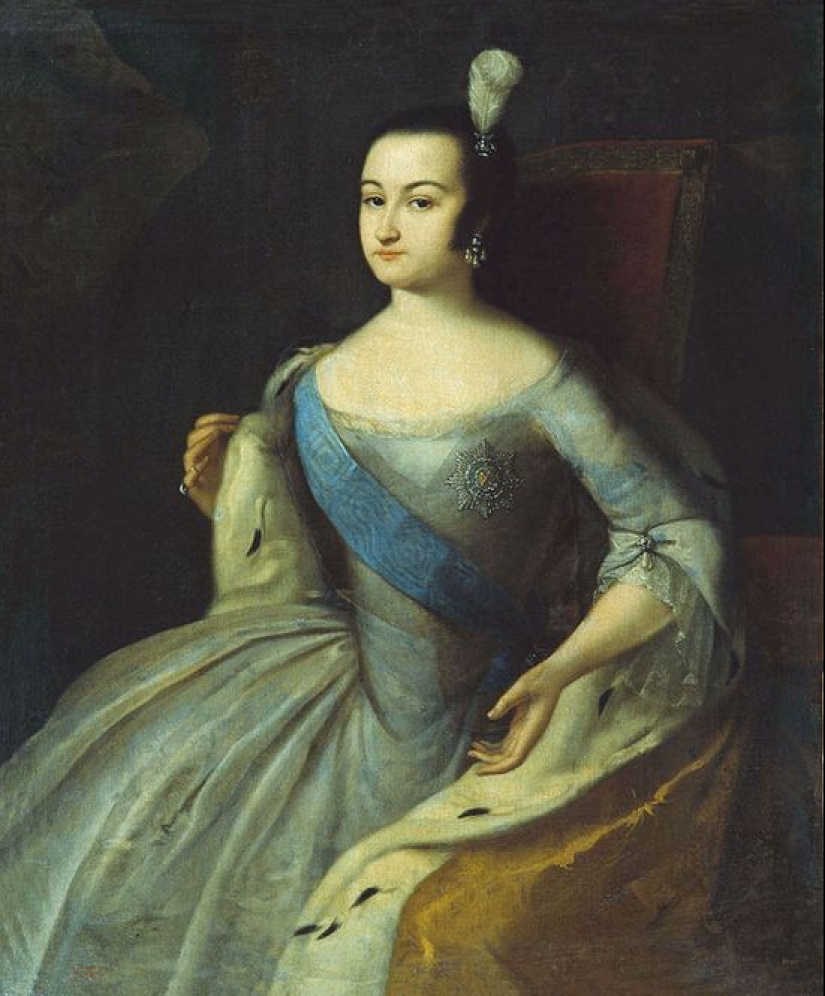
Peas should not be considered a purely peasant food. There were lovers of them among the aristocracy and even in the families of monarchs. It is known that Empress Anna Leopoldovna, the regent for the young Emperor of the Russian Empire Ivan IV, was a big fan of young peas. Every two days, several plates of selected pods were sent to her table from the gardens of Strelna and Peterhof by a special courier.
Peas were eaten fresh, but the problem of their long-term storage tormented inquisitive Russian minds. Since ancient times, the only way to preserve peas was to dry them. But it was not suitable for sugar varieties, since, losing moisture, the peas not only became coarse, but also lost their taste. But Rostov gardeners came up with a new, not the simplest in technological terms, but the most effective method of processing.
For preservation, peas of medium ripeness were collected. Then they were boiled in a cauldron made of pure copper - only in such a vessel did the product retain its natural green color and did not turn yellow. The boiled peas were cooled with cold water, thrown into a sieve, and then dried in the oven, waiting until the grains swelled.

Such peas were scattered in a thin layer on the canvas, where they cooled and gradually wrinkled. Then the peas were placed under the boards and dried under load. It is important that all these processes take place in a dark room - only then the natural green color of the peas is preserved.
Almost simultaneously with this intricate method of drying, canning similar to modern ones appeared. The first barrels with sugar peas were rolled up in the 18th century, but on an industrial scale, such canned goods began to be produced in the first half of the 19th century.
To preserve the peas, they were carefully sorted and washed, after which they were lightly boiled in the copper kettles we are already familiar with. Then they were placed in barrels and filled with strong brine. The famous Russian chef Yuliy Guf described the following preservation recipe in his “Almanac of Gastronomers” in 1877:

Canning peas in jars, which is well known to us, was also practiced in Russia. In 1867, at the Paris World Exhibition, Russian merchants demonstrated it next to dried peas using a complex Rostov technology. The prices for the products at that time were impressive, but canned peas and any dishes with them were still in great demand.
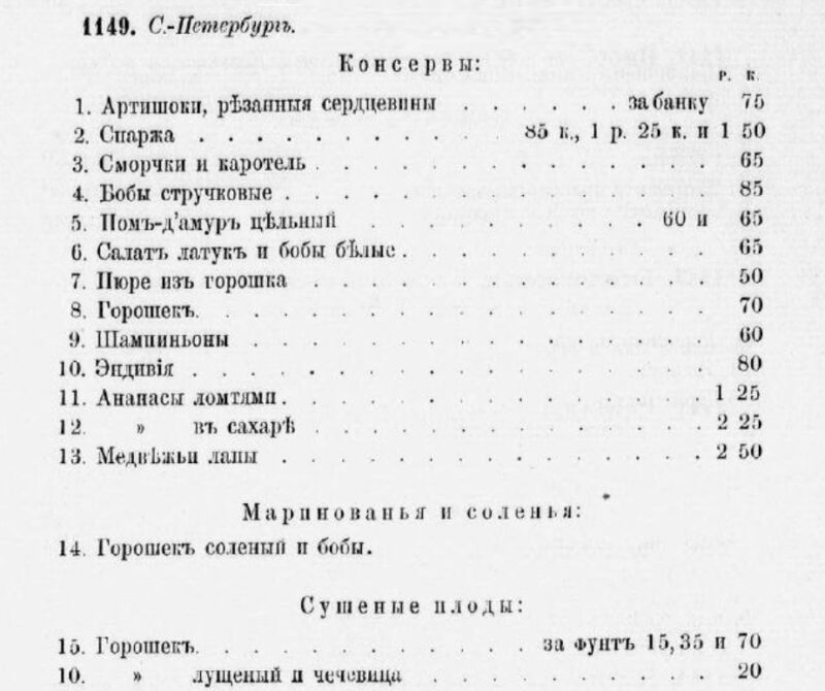
If now we simply open a can and, at best, rinse the peas under running water, then a century and a half ago they were consumed a little differently. First they were fried in oil, adding onion and parsley to taste, and only then served as a separate dish, with butter and pepper.
And just 50-60 years later, green canned peas will turn from a culinary delicacy into a familiar and very affordable product, and millions of Soviet housewives will perceive it as a lifesaver for all occasions. Sausages with peas as a side dish are still firmly associated with the simple Soviet public catering for many middle-aged and older Russians.
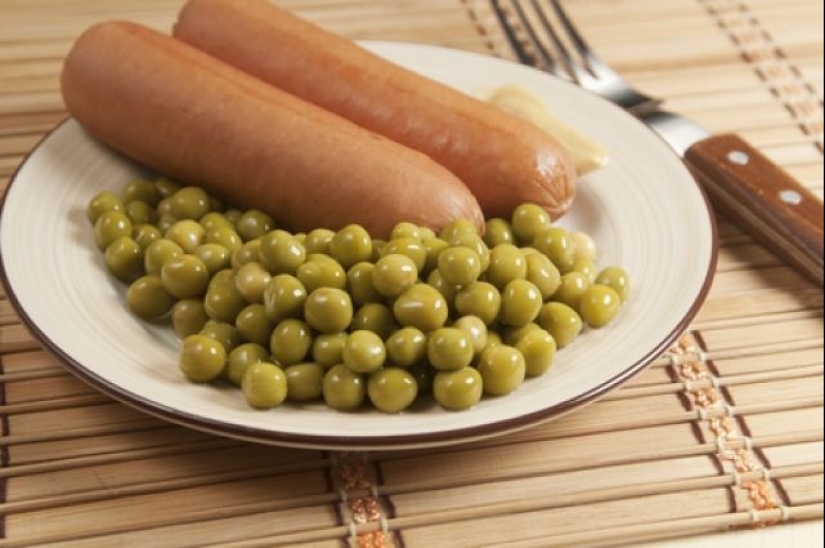
By the way, modern factory technology for preserving vegetables and fruits, including peas, is not much different from that used in the 19th century, except that some processes have been automated.
Recent articles

See what uninhibited ladies looked like at the height of the American baby boom. In those days, there was no trace of silicone, and ...

We offer you a selection of interesting facts from a variety of fields of knowledge. How does our body react to sneezing? Where did ...

Imagine a forest where hundreds of pine trees seem to bow to an invisible force and remain frozen in this strange obeisance ...